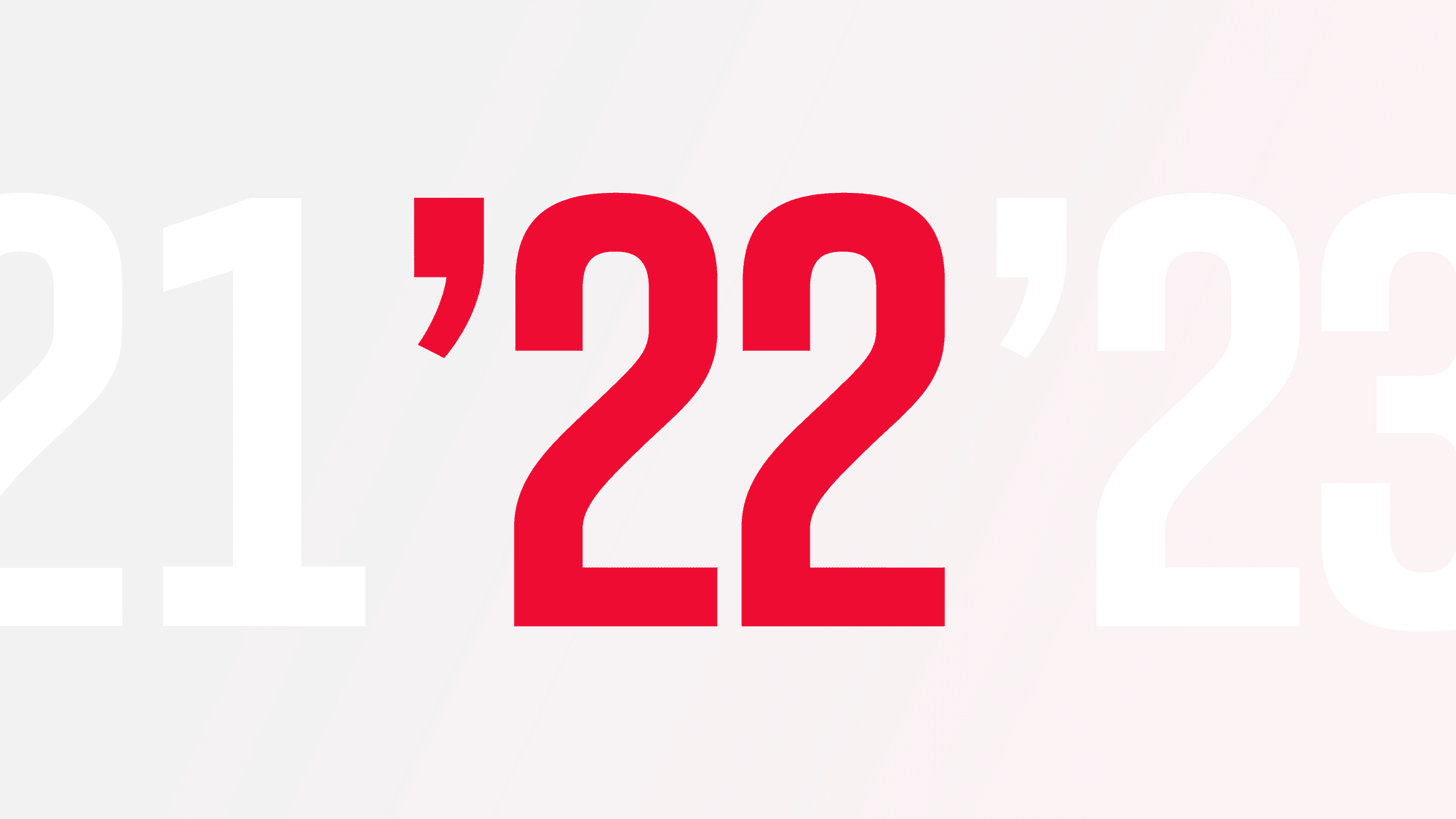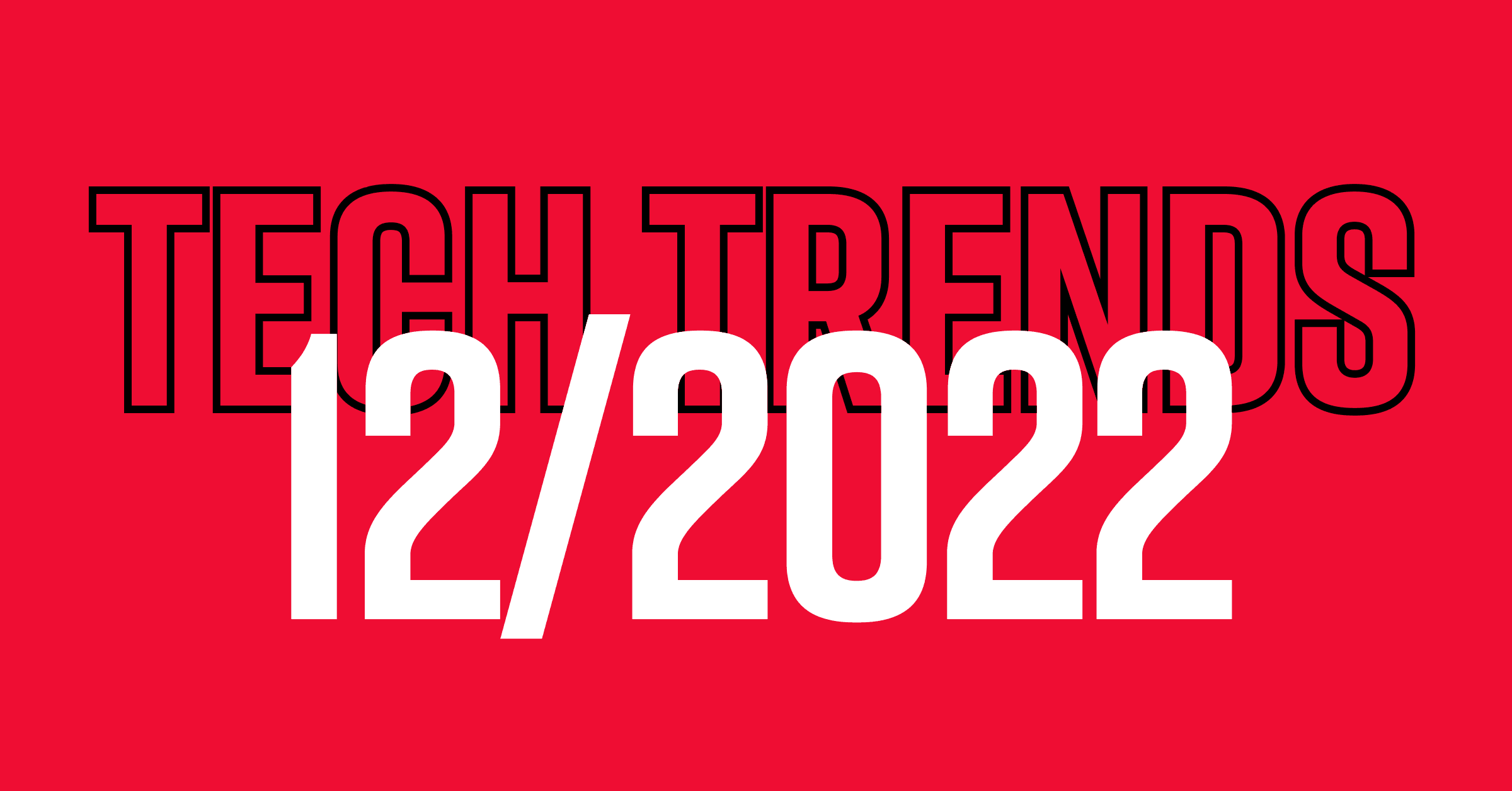So, arguably—all of them.
When giving employees the opportunity to take advantage of the newest, tailor-made gadgets, we see a brilliant display of the Internet of Things (IoT) working at its full potential.
In other words: There’s a reason why the number of connected wearable devices worldwide is expected to hit over 1.1 billion by 2022. It’s growing increasingly difficult to argue why a business in any industry, of any size, might not benefit from this technology.
From healthcare to manufacturing, if you think wearables aren’t impacting your industry, chances are—you’re wrong.
FIRST, LET’S DEFINE WEARABLES
Most people know the trendy smartwatches and fitness trackers. But wearable tech is so much more.
There is headwear, which includes eyewear that often makes use of augmented and virtual reality. Wearable cameras are no longer just a sports accessory; they’re also a fashion statement—as are smart clothing and smart jewelry. The most futuristic wearables even take the form of sci-fi tropes, like minuscule implants fit for a spy.
All of this is made possible by utilizing tools like computing, display, networking and sensor technologies. They’re helping us move forward, driving the evolution of how we prevent and solve problems.
Below you’ll find a list of industries that have felt a notable positive impact of wearable technology, as well as examples of just how versatile this digital tool has become.
SPORTS
The sports industry leverages data from wearable devices to gain a variety of performance insights. Players and coaches can be outfitted with wearable tech used to track pertinent stats and health data, which can then be passed to fans, sponsors and others. From athletes themselves to fans watching from across the world, wearables benefit all parties involved.
Use Cases & Examples
- Tracking performance analytics to avoid injury and, ultimately, to maximize players’ physical abilities
- Presenting live data to the fans and coaches
- Influencing of coaching capabilities
- Helping players stay healthier and teams stay more efficient
- Leveraging activity data to engage with fans for fitness initiatives (i.e. calories burned & distance traveled)
- Esports players utilize wearables to track and analyze eye movement, heart rate & cognitive patterns
HEALTHCARE
Wrist-worn devices like heart monitors and fitness trackers have long been present in the healthcare industry, in one form or another. Now, the options are rapidly expanding—and saving lives. Although the Food and Drug Administration (FDA) often slows down the process of implementing the newest tech, advancement is constant and continues to have an indubitable positive impact on the health and lives of patients across the board.
Use Cases & Examples
- Monitoring blood pressure, breathing patterns, blood glucose levels, body temperature, etc.
- Managing chronic pain (i.e. devices which reduce the usage of prescription drugs by stimulating the nervous system)
- Tracking data that helps doctors predict how a patient will react to treatments like chemotherapy
- Indigestible pills with embedded sensors allow doctors to know if the pills have been taken
- Smart glasses enabling X-ray vision directly in operating rooms
WAREHOUSING & LOGISTICS
Much more complex and dominant than many assume, the warehousing and logistics sector forms the foundation of various other industries, like retail and manufacturing. And as supply chain managers worldwide will confirm, wearable tech has made keeping things in order significantly easier.
Use Cases & Examples
- Save time by allowing employees to have all necessary info on them at all times
- Fast, convenient monitoring of numerous operations
- Immediate alerts in case of technical and other errors/issues
- Updates easily and clearly communicated to colleagues and employees
- Tracking employees’ contextual data (boosts productivity)
- Used as a gamification tool for training, AR wearables help onboard new employees
- Minimize risk in terms of picking, stacking and general order fulfillment accounts (which are 70% of operating costs, according to supply chain tech firm Datex)
RETAIL
With the shift towards e-commerce changing the very core of the retail industry, business owners are using wearable tech to improve the in-store buying process and general customer satisfaction. With wearables, employees have immediate access to answers for whatever question the modern demanding customer may have. And they never have to leave the customer’s side.
Use Cases & Examples
- Smartwatches notify employees of stocks levels, product info and work that needs to be completed
- Communicating with team members via “hearables”
- Smart glasses that allow in-store workers to connect to online customers, showing off products without the customer needing to visit the store
- Wearable cameras and other “lone worker protection wearables” that enable the recording of issues, threats or crimes (like theft)
MANUFACTURING
Granted, manufacturing companies have taken their time. But they’ve finally begun jumping on the wearables bandwagon. The benefits of adopting wearable tech are actually especially high in this field—not just in terms of efficiency, but in regards to employees’ safety and health in a workplace that can often be quite hazardous.
Use Cases & Examples
- Smart glasses help employees select & prepare custom-designed products (e-commerce company Active Ants did this on a trial basis and experienced a 15% boost in productivity and a 12% reduction in errors)
- Wearables that identify threats like hot surfaces, toxic spilled liquids, etc.
- After implementing automated machines to do the most dangerous tasks, workers could track progress using wearable devices
LAW ENFORCEMENT
Similarly to the healthcare industry, the process of approving a new digital tool for widespread use in law enforcement is a lengthy one. However, thanks to the now proven transformative advantages of policemen wearing body cameras—and the possibility of making them weatherproof and highly durable—utilizing this form of technology has been encouraged not just by those working in the industry, but by the general public as well.
Use Cases & Examples
- Body-worn, handsfree cameras
- Smart glasses allowing for facial recognition
- Access to Computer-Aided Dispatch (CAD) via smartwatches, with features like auto-notifications of the situation and real-time location
The list goes on. Technology continues to prove that we are fully immersed in the digital age. And in terms of igniting or strengthening a business, there are few arguments that justify not incorporating wearable technology—in all its limitless forms.





